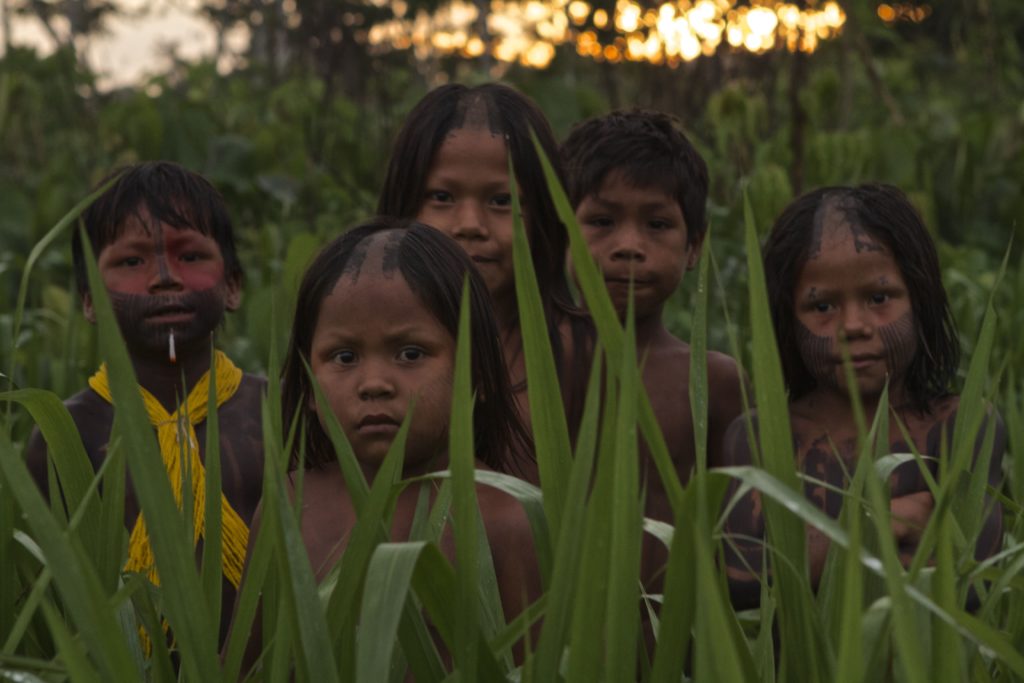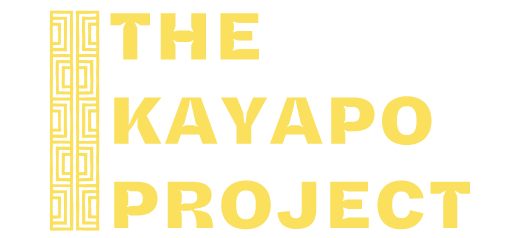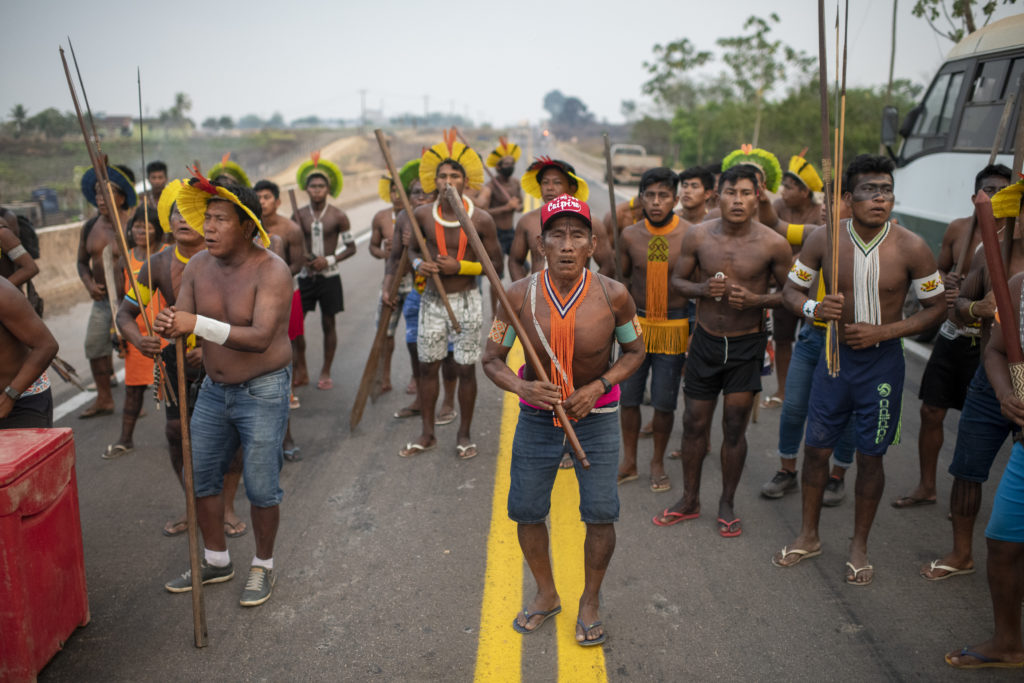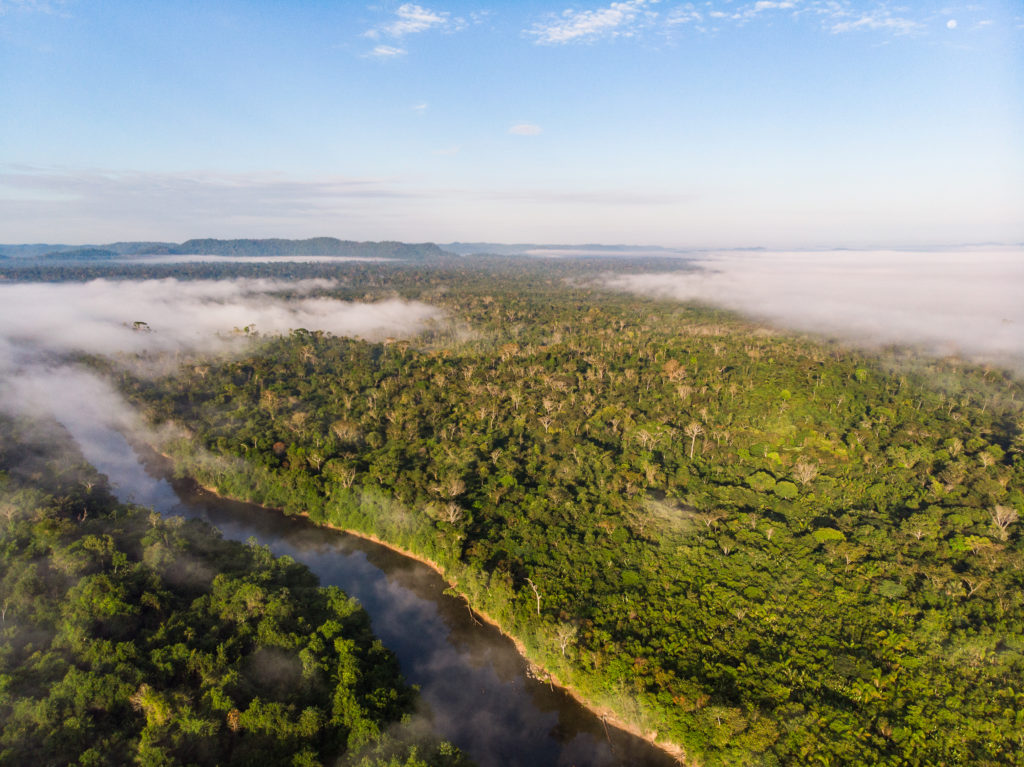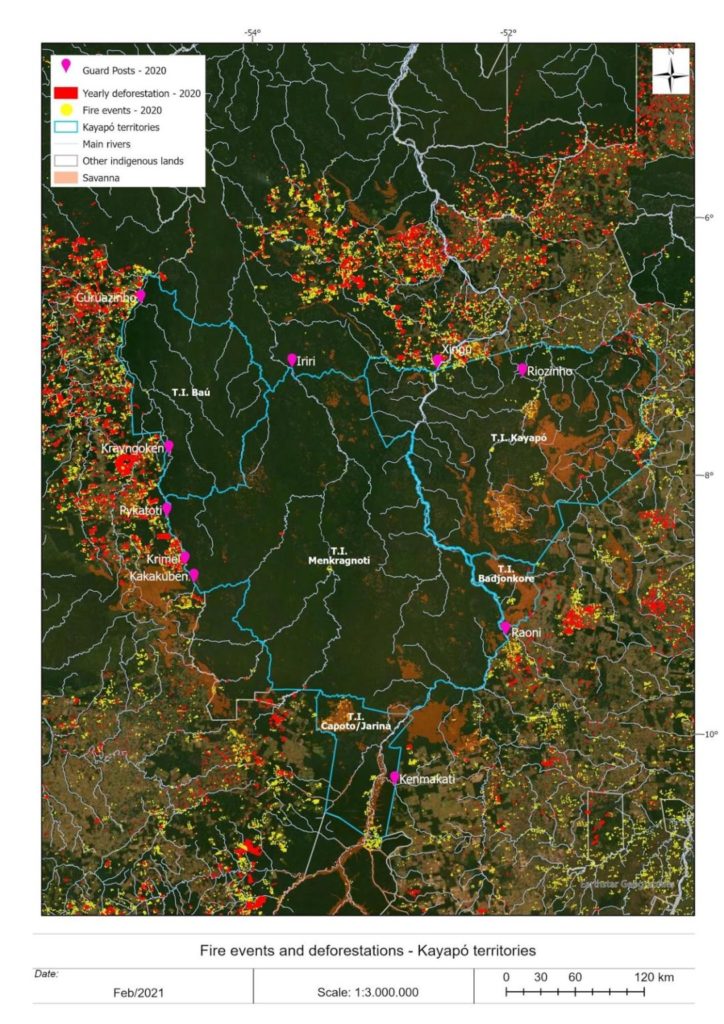
The Kayapo Project is pleased to report that during 2021 most of the 2200km border of Kayapo’s indigenous land remained unbreached by goldminers, loggers and poachers.
The tale of the Kayapo is one of the most inspiring and hopeful conservation stories of our time. It provides us with a successful model for the large-scale conservation of rainforests and ancient indigenous cultures. Kayapo’s pristine land is situated in the midst of industrial development, and yet they have halted the advance of deforestation across most of their land.
A hostile environment
The success of the Kayapo and their allies is made even more impressive by the fact that they carry on their fight in a lawless region where criminal activity against indigenous peoples and nature is unhindered or even encouraged. As one Brazilian journalist puts it, the south of Para, where most Kayapo land is located, “eats, drinks and breathes environmental crime”.

Organized crime relentlessly seeks Kayapo gold and timber, while the government works to weaken indigenous rights and tries to convince the public that indigenous peoples no longer wish to pursue their traditional lives on their ancestral lands. Add to this context the allure of the modern world pressed against Kayapo borders and one starts to see the level of threat to survival faced by the Kayapo.
Kayapo territory is as large as a small country roughly equal in size to South Korea or Iceland. The Kayapo manage to monitor and control their borders with infinitely less money, people, roads, machines or weapons than a state. Their power today arises from alliances they forged over 20 years ago with the conservation movement. The alliance is empowering the Kayapo with tools and capacity for territorial surveillance, sustainable economic autonomy, and a voice in national society (kayapo.org).
To meet the increasing threat to their survival as Kayapo on Kayapo land, the Kayapo need the capacity to monitor and control their vast territory; as well as sustainable sources of income tied to the forest that sustains them and that fit with the traditional culture protecting their borders. Conservation NGOs support the Kayapo to organize and manage a series of border guard posts and surveillance expeditions and to develop sustainable non-timber product enterprises such as Brazil nut harvest and sale, and eco-tourism.
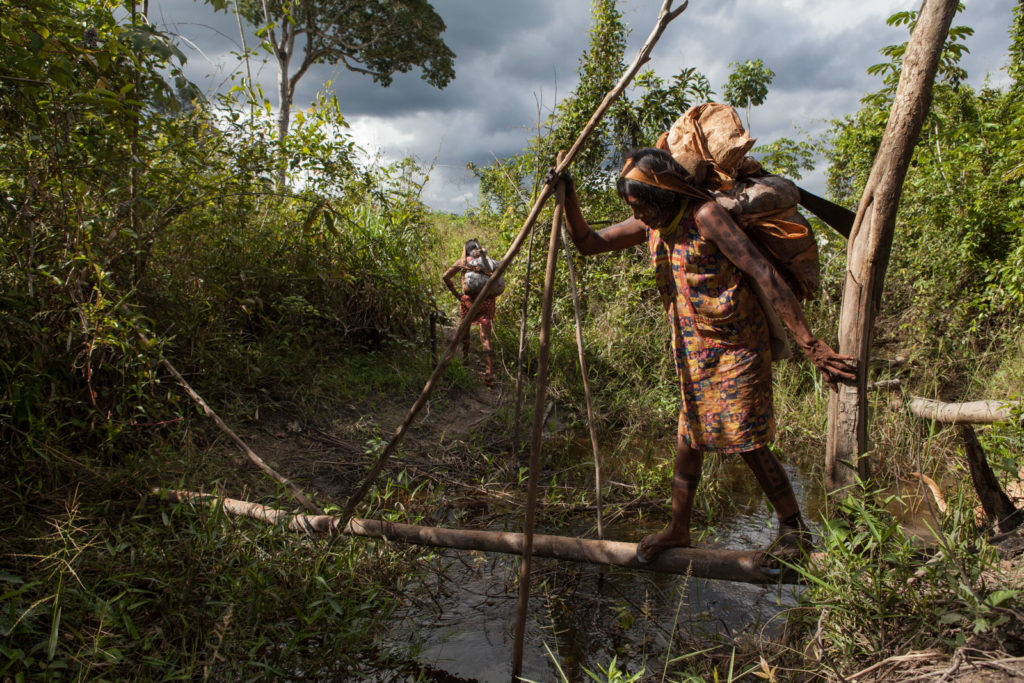
The guard posts
“We had many problems and difficulties; vehicles breaking down, teams having to move location at night, boats sinking, loggers threatening guards, trees falling on post living quarters, scorpion stings, and various other difficulties that happened on a daily basis -but we held strong -determined to fulfil our commitment to protect Kayapo territory against illegal predators” (Director of Kayapo surveillance, December 2021)
Presently, there are 13 Kayapo guard posts located strategically at vulnerable entry points along the Kayapo border. The two most logistically challenging guard posts, Kenpoty and Iriri illustrate some of the challenges involved in defending Kayapo territory.
The Kenpoti guard post was established to facilitate Kayapo’s presence in the vast interior region of their Mekragnoti territory. Supplying the Kenpoti post begins in the town of Novo Progresso where the NGO of the northwestern Kayapo Instituto Kabu- is located; then 150 km south on the BR 163 highway to the entry point of an unmaintained dirt road 230 km through the forest. Finally, there is one day’s travel by boat with a portage to reach the post.
Supplying the Iriri guard post requires 4X4 travel over 300 km of particularly bad dirt road from the nearest supply town of São Felix do Xingu; followed by an eight-hour boat trip upriver to the base which becomes a two-day boat trip during the dry season of low water.
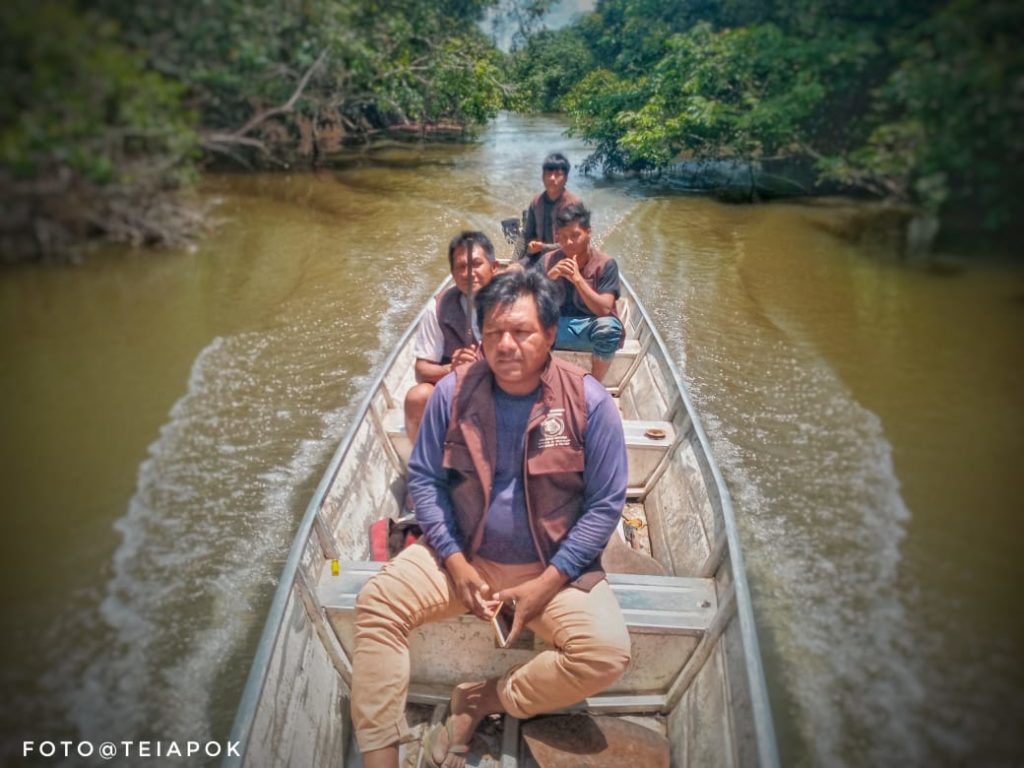
Kayapo men undertook 10 expeditions through the rainforest wilderness in 2021. Their goal was to maintain presence and reinforce territorial surveillance in regions beyond the reach of guard posts, locate official government geodesic markers that demarcate the border of an indigenous territory and, in general, deter invasion and encroachment on their land. Expeditions also serve as important venues for the transmission of traditional territorial and cultural knowledge from elder to youth and reinforcement of Kayapo pride.

A social and economic battle
Guard post duty generates income that is distributed equitably within Kayapo communities. Teams rotate through a post on a weekly or bi-weekly basis with teams drawn from communities in a frequency proportional to population size such that every adult, male and female, has an opportunity to make a week’s salary working as a guard.
This equitable distribution of income consolidates communities against illegal activity and thwarts the bribing of individuals by loggers and goldminers to gain entry. In 2021 guard posts generated a total of US$ 300,000 income for Kayapo communities of the NGO alliance. This amount is less than the total amounts offered by loggers and goldminers, but conservation investment is more powerful than bribes because everyone benefits rather than only a few and community members are then able to organize against illegal activity.
Guard post duty is a source of pride for the Kayapo who want nothing more than to continue living on their territory as Kayapo.

The rapid spread and consolidation of roads, ranches and towns along almost all of their border immerses the Kayapo in an outside society about which they understand little to nothing. Guard posts augment the work of their NGOs by serving as centers for learning and awareness-raising, where Kayapo NGOs and their partners help the Kayapo understand the political and economic reality in which they exist. Without insight into the boom-bust economy, the concept of law, and the anti-indigenous agenda of the government, the Kayapo would be unable to make informed choices about their future. Guard posts provide an infrastructure where information critical to the Kayapo’s future and the forest they protect can be transmitted to a large proportion of adults.
The war is far from over
The success of Kayapo’s surveillance program should not give us the impression that the future of the Kayapo people and their land is secure. Pressure on the remaining pockets of Earth’s wilderness increases as the global economy continues to grow. Rising prices for gold and timber will continue to incentivize the invasion of indigenous lands. The same is true for beef and soy which drives agriculture ever deeper into the Amazon rainforest.
Ideally, governments and international institutions would provide legal, logistical and financial support to indigenous peoples, but these institutions are unreliable. In Brazil, the government has set out to weaken protections of the environment and indigenous people to open more space for industry. The work of protecting indigenous peoples and their lands in the Amazon now falls almost solely to charity (NGOs).
The Kayapo Project proves that philanthropic investment in rainforest conservation can be successful even in a hostile political climate.
